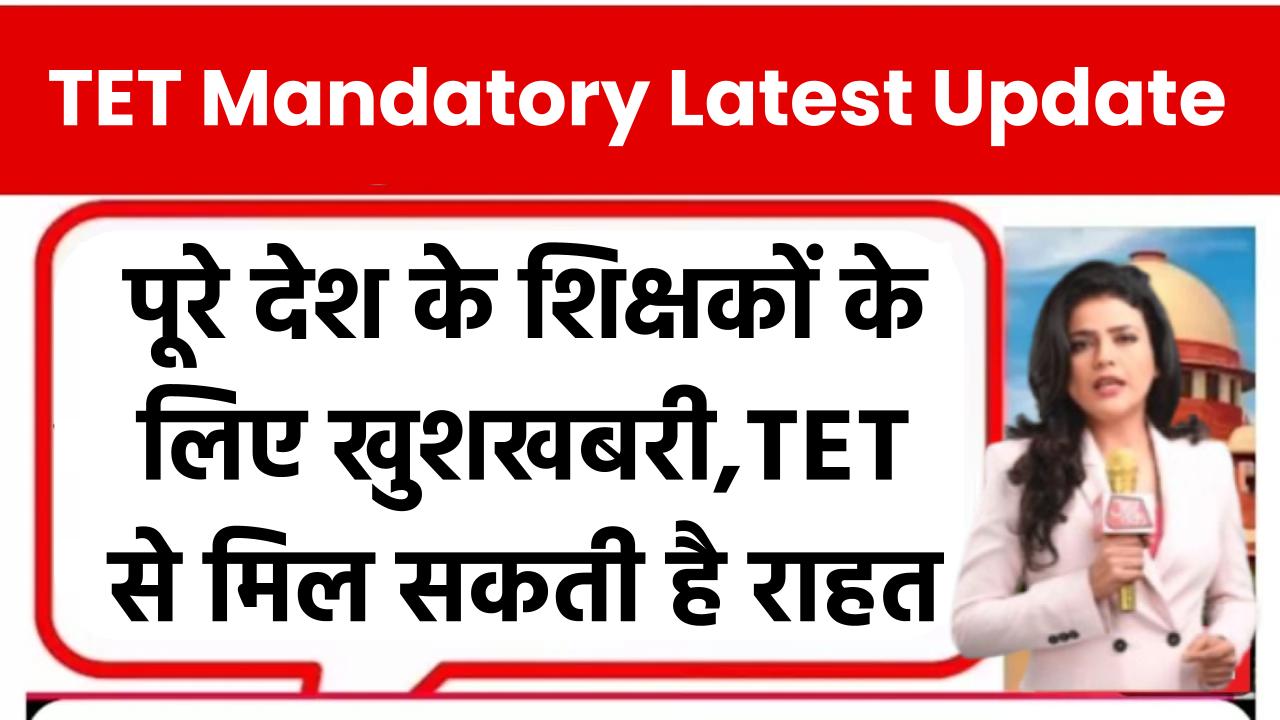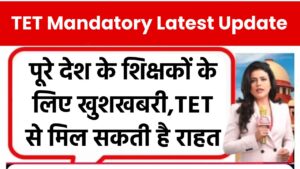
With Indian households traditionally favouring fixed deposits (FDs) for safety and predictable returns, newer hybrid mutual funds like the Nippon India Equity Savings Fund are drawing attention as potential alternatives. Investors are weighing whether such funds offer smarter, long-term outcomes compared with guaranteed instruments.
How the Nippon India Equity Savings Fund Works
The Nippon India Equity Savings Fund is categorised as an equity savings mutual fund, designed to balance equity exposure with debt instruments and arbitrage opportunities. According to the fund’s latest fact sheet, approximately 65–70 percent of assets are held in equities, with the remainder in debt and cash market instruments.
This structure seeks to provide growth potential while cushioning downside risks. As of September 2025, the fund has delivered an average annual return of around 9–10 percent over the past three years, according to data from investment platform Groww.
“Equity savings funds offer a unique mix of stability and growth,” said Radhika Gupta, Managing Director of Edelweiss Asset Management, in a recent industry panel. “They are not risk-free, but they aim to give investors smoother returns than pure equity funds.”
The Case for Fixed Deposits
Fixed deposits remain one of the most trusted savings vehicles in India, holding a large share of household financial wealth. Banks currently offer interest rates in the range of 6 to 7.5 percent depending on tenure, according to the Reserve Bank of India (RBI).
The primary advantage is safety. FD principal and interest are protected unless the institution defaults, and deposits up to ₹5 lakh per bank are insured by the Deposit Insurance and Credit Guarantee Corporation (DICGC).
However, FD interest is fully taxable under the investor’s income tax slab, which can reduce effective returns, especially for those in higher brackets. Additionally, inflation often erodes the real value of FD earnings over time.
Risks and Rewards: Side-by-Side
Analysts emphasise that FDs and equity savings funds serve different investor needs.
- Returns: FDs provide guaranteed but limited returns. The Nippon India fund offers potentially higher returns but with market-linked risks.
- Risk: FDs are low-risk, while equity savings funds can lose value during market downturns.
- Taxation: FD interest is taxed as ordinary income. Mutual fund gains may qualify for capital gains tax treatment, which is often more favourable.
- Liquidity: FDs carry penalties for premature withdrawal. Mutual funds generally allow redemption at any time, though exit loads may apply for short holding periods.
“Hybrid mutual funds like Nippon India Equity Savings are not substitutes for FDs,” said Suresh Sadagopan, founder of Ladder7 Financial Advisories. “They can complement them, especially for investors willing to take moderate risk for higher potential returns.”
Who Should Consider Each Option?
Experts recommend matching investments to personal goals and risk appetite.
- FDs are better suited for short-term goals, emergency funds, or highly risk-averse investors.
- Equity savings funds appeal to investors with at least a three-to-five-year horizon, who can tolerate moderate volatility in exchange for inflation-beating growth.
Conclusion
While the Nippon India Equity Savings Fund has delivered stronger returns than FDs in recent years, the choice depends on an individual’s risk profile and investment horizon. Fixed deposits offer unmatched safety and certainty, while hybrid mutual funds provide growth opportunities with added risks. Financial planners caution that a balanced portfolio often includes both, allowing investors to benefit from stability and potential long-term gains.














